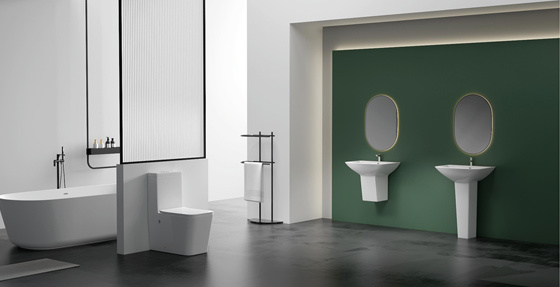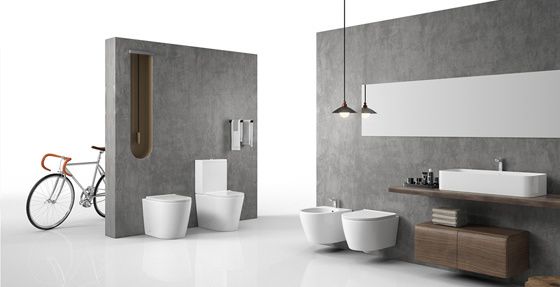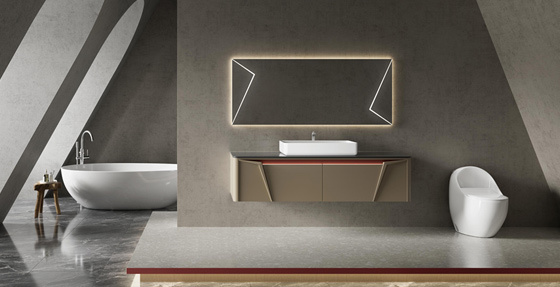Understanding Bathroom Countertop Basins: A Guide to Choosing the Right Sink for Your Space
Release time:
2025-09-18
When it comes to designing or renovating a bathroom, the choice of fixtures plays a pivotal role in both aesthetics and practicality. One of the key components in this regard is the bathroom countertop basin. These basins, commonly known as sinks, come in various designs, materials, and styles, making them a focal point in any bathroom. A bathroom countertop basin is typically installed on top of

A bathroom countertop basin is typically installed on top of a vanity or countertop. This design approach not only enhances the visual appeal of the space but also optimizes the usage of the existing area. Unlike traditional undermount or drop-in sinks, countertop basins offer a diverse range of creative designs, including sleek modern styles, rustic looks, and even artistic shapes.
One of the primary advantages of bathroom countertop basins is their ease of installation. They require less construction work compared to other sink types, allowing for a quicker renovation process. Furthermore, they are generally easier to clean, as the basin sits above the countertop, minimizing the buildup of grime around the edges.
When selecting a bathroom countertop basin, consider the overall theme and size of your bathroom. A large basin can serve as a statement piece in a spacious bathroom; conversely, opting for a smaller basin in a compact bathroom can help maintain a sense of openness. Additionally, think about the material of the basin. Common materials include ceramic, glass, stone, and resin. Each material offers unique benefits: ceramic is durable and easy to clean, while glass can add a contemporary touch.
Another important aspect to consider is the faucet compatibility. Ensure that the style and height of the faucet suit the basin's design. Also, pay attention to the depth of the basin. A deeper basin can prevent water splashes, making it a practical choice for busy households.
In terms of maintenance, bathroom countertop basins are relatively low-maintenance. Regular cleaning with non-abrasive cleaners will keep them looking new. However, be mindful of the material; for instance, stone basins may require sealing to prevent staining.
Finally, think about how the basin integrates with other bathroom elements, such as lighting and accessories. The right combination enhances functionality while creating a harmonious look.
In summary, choosing a bathroom countertop basin involves considering various factors, including design, material, size, and maintenance. By carefully evaluating these aspects, you can select a basin that not only meets your practical needs but also adds a touch of style to your bathroom. Whether you're remodeling or building from scratch, the right bathroom countertop basin is an essential element for achieving a beautiful and functional space.
Related news
Introduction to the selection points of children's toilets
Children's toilets, the whole size and adult toilets are different, the main thing is width and height.
2025-01-09
What is the difference between a split toilet and a split toilet?
The main characteristics of the split toilet are high water level, strong impulse, low price, and many styles.
2025-01-09









